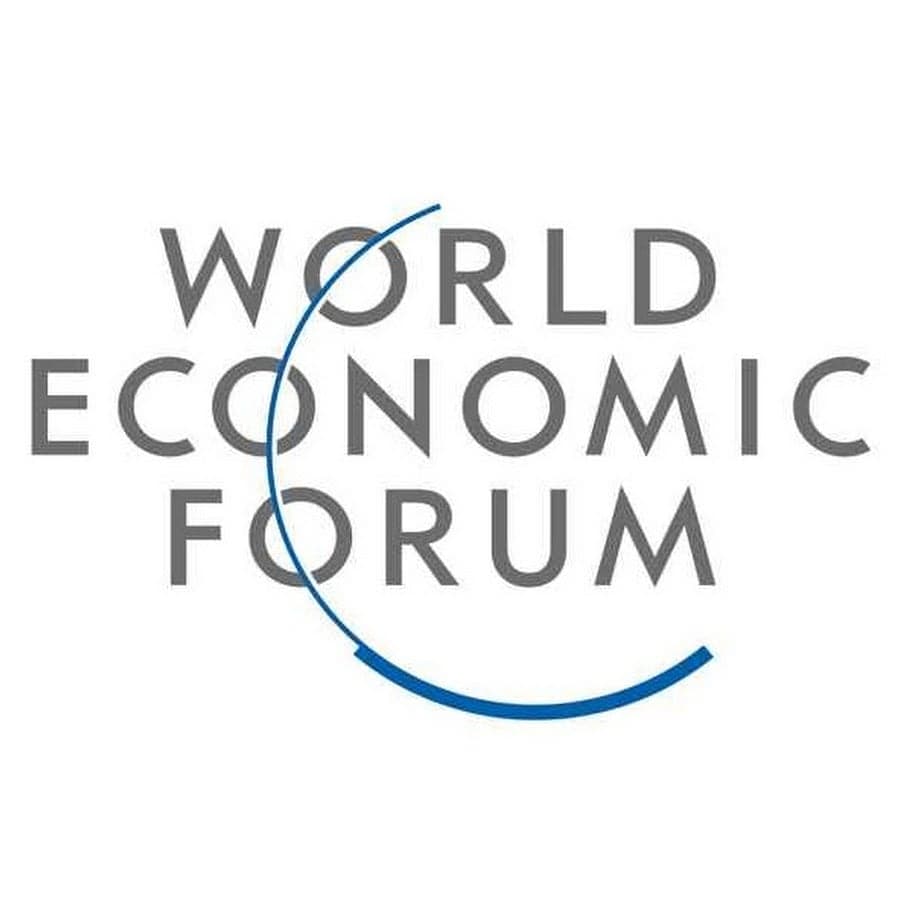Published:
Last week the World Economic Forum released their annual publication titled The Global Competitiveness Report. The comprehensive report assesses the competitiveness of 140 countries using 98 distinct indicators that are organized into twelve pillars of competitiveness. The twelve pillars are as follows: institutions, infrastructure, ICT adoption, macroeconomic stability, health, skills, product market, labor market, financial system, market size, business dynamism, and innovation capability.
While the twelve pillars are the same as in previous years, this year’s report saw significant changes with the development of the Global Competitiveness Index (GCI) 4.0. The newest iteration of the GCI integrates established competitiveness factors with new and emerging drivers and defining features that emphasize the role of human capital, innovation, resilience, and economic agility. These new factors were incorporated into the index to account for what the World Economic Forum calls the Fourth Industrial Revolution (4IR) as well as the social and economic consequences that resulted from the global financial crisis that began a decade ago.
The updated GCI framework as well as economic and competitiveness developments over the past year resulted in a new champion of global competitiveness. After nine straight years of topping the index, Switzerland has fallen to number four in the index with the United States claiming the top spot. The top five competitive economies according to the index are as follows: The United States, Singapore, Germany, Switzerland, and Japan.
A full listing of rankings can be found in the full report which can be accessed via the link below. In addition to the GCI rankings, The Global Completeness Report also contains an in-depth explanation of their framework and methodology along with detailed regional and country analysis.
File under






